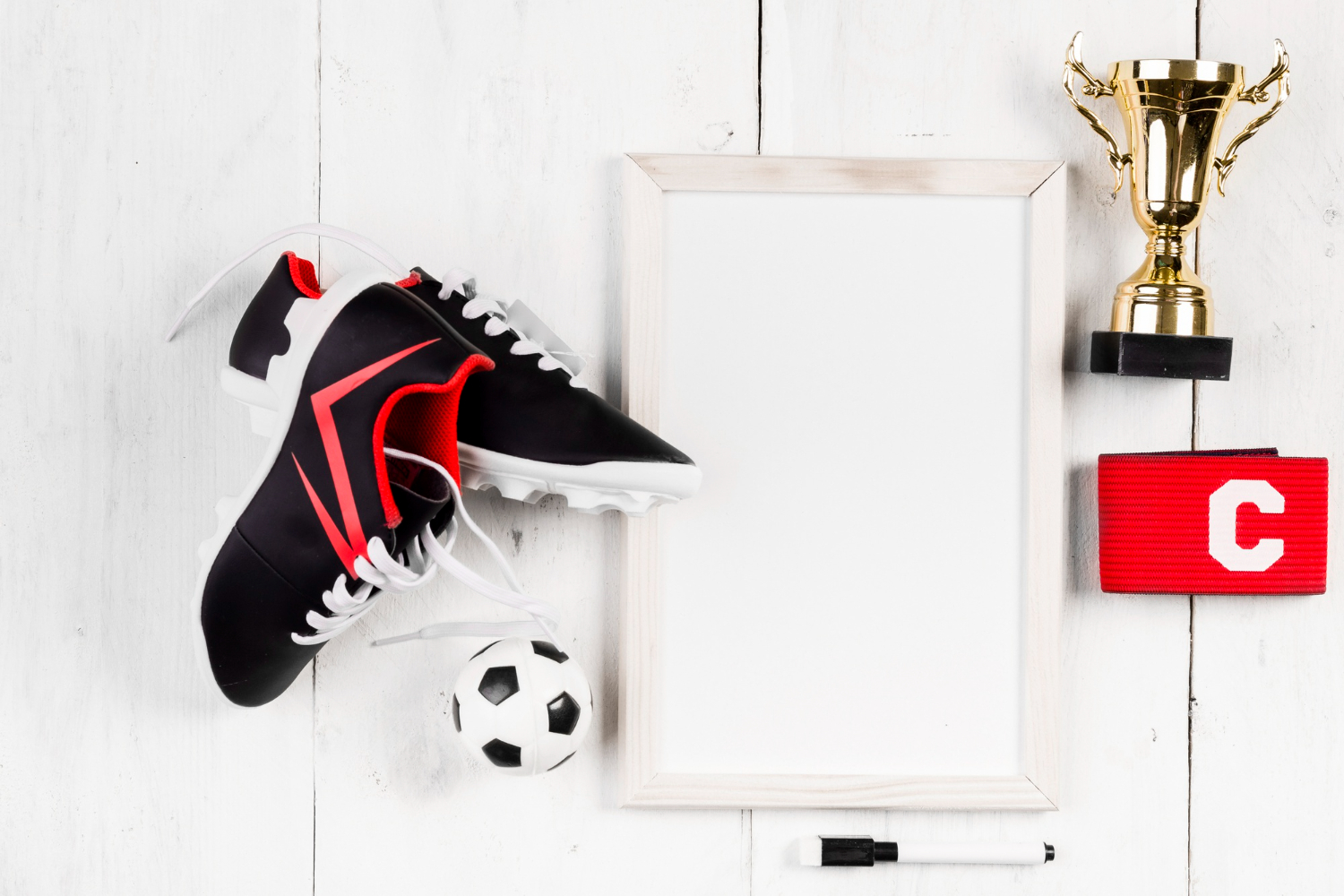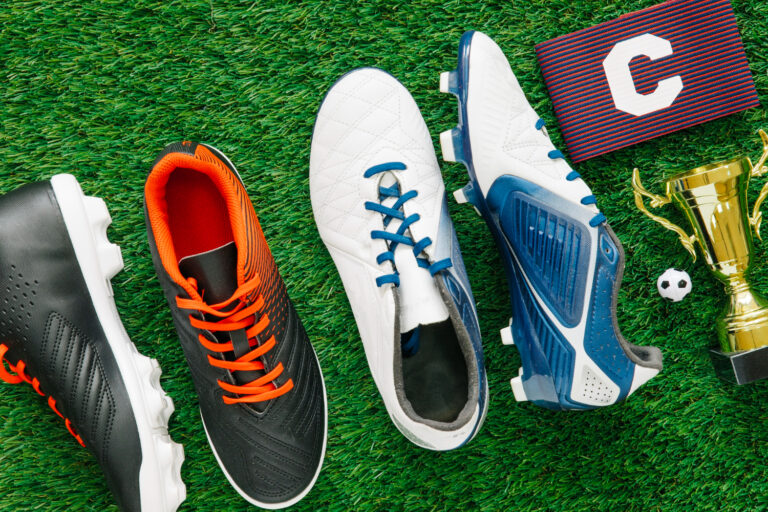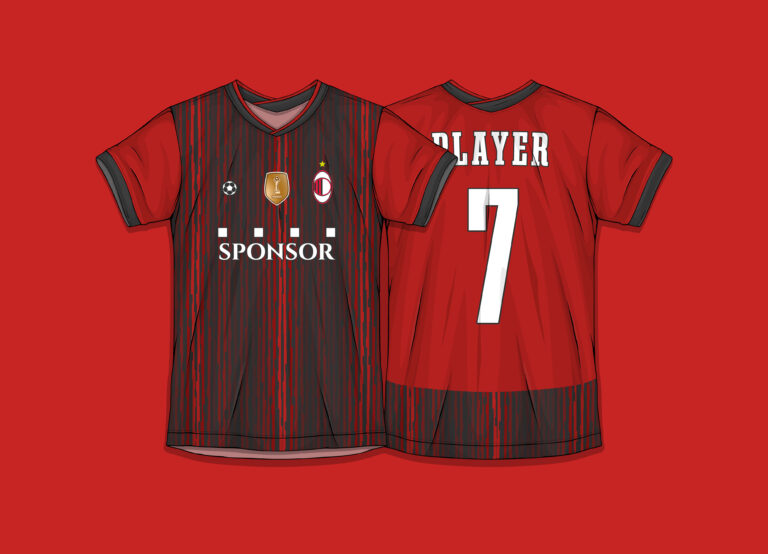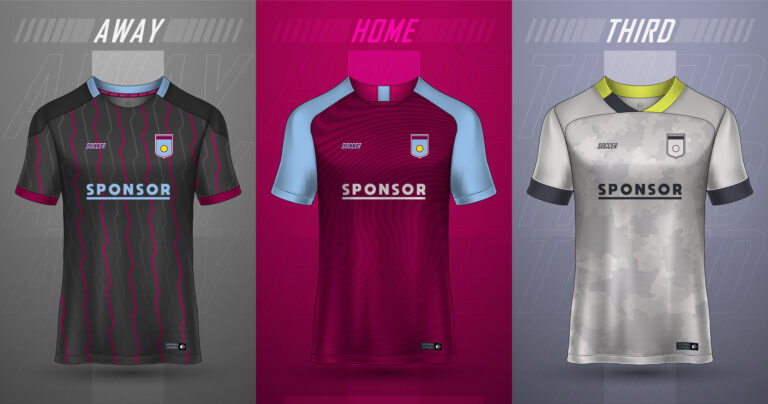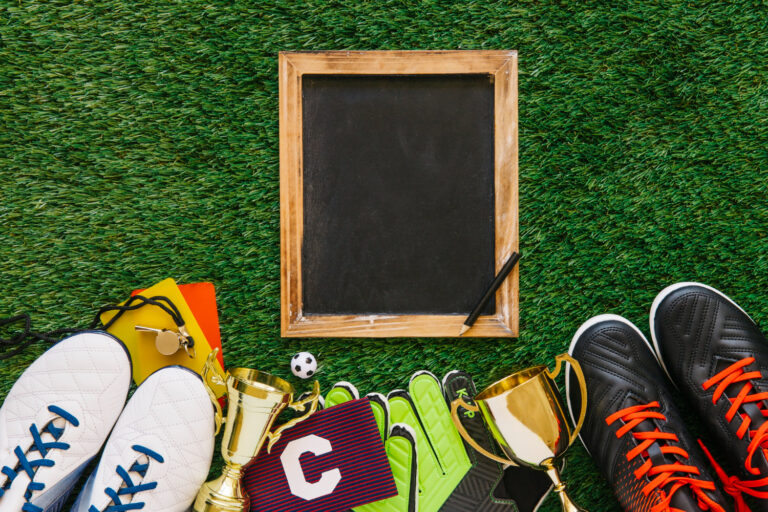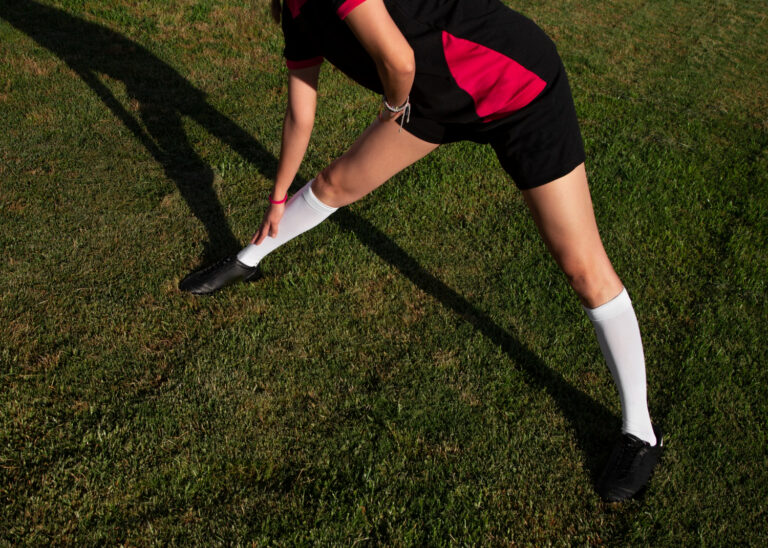Do Expensive Boots Really Make You Play Better?
Some players swear by top-tier boots that cost as much as a week’s wages. Others lace up in older models or budget pairs and still play circles around their opponents. That leads to a simple but often debated question, do expensive boots really make you play better?
It’s easy to assume that higher price tags mean better performance. When you see pros wearing the latest limited-edition models with carbon plates, knitted uppers, and adaptive traction studs, it’s tempting to believe those boots are the secret behind their sharp touches and blistering pace. But the truth is more layered than marketing would have us believe.
Breaking Down What You’re Paying For
Expensive boots are usually packed with the latest tech. Lightweight materials that hug the foot without adding bulk, specialized soleplates for explosive acceleration, and even internal padding shaped by 3D scans of elite athletes’ feet, these features aren’t just gimmicks. They’re engineered to enhance comfort, grip, and ball control. But these benefits only truly shine when they match the player’s playing style and needs.
In contrast, budget boots often strip back on material quality or cut down on customization. That might result in a slightly heavier shoe or one with a less responsive upper. However, the difference isn’t always game-changing, especially for amateur or casual players who aren’t moving at pro speeds or playing on elite-level pitches.
So yes, you’re paying for tech and design, but whether that translates to better performance depends heavily on how you play, how you move, and what your game actually demands.
Fit Over Flash
The best boot in the world is useless if it doesn’t fit right. A £300 pair that rubs your heel raw or cramps your toes won’t help you ping a cross any better than a £70 pair that fits like a glove.
Players often underestimate how much comfort and fit affect confidence. A snug, responsive boot that moves with you can make you feel faster and more agile. That doesn’t have to mean expensive, it just means the right boot for your foot shape and playing style. For wide-footed players, that could mean skipping the narrow elite models entirely.
It’s not about brand or price; it’s about the match between foot and boot. That match determines how natural it feels to sprint, dribble, or change direction sharply. And when a boot feels right, everything else tends to follow.
The Psychology of Price
There’s no denying that a slick, expensive pair of boots can boost your confidence. Walking onto the pitch wearing something that looks and feels elite can put a spring in your step. That mental edge can’t be discounted, football is as much psychological as it is physical.
But confidence built on gear can quickly fall apart when the performance doesn’t match. What matters more is trust in your boots, not the price tag. If you’ve had your best game in a beat-up pair of Tiempos or some takedown Mercurials, that feeling becomes your benchmark, not the fanciest model on the shelf.
In some ways, expensive boots play more into the mind than the foot. They signal status, sure, but that status only means something if the boot actually helps you feel like your best self on the pitch.
Built for Pros, Not Always for You
Elite boots are designed with pro athletes in mind. That means they’re made for players who train daily, have top-level fitness, and spend 90 minutes sprinting, cutting, and twisting. Those conditions are worlds apart from what most of us experience on local pitches and weekend leagues.
An ultra-light boot built for maximum responsiveness might not be durable enough for someone playing on rough artificial turf three times a week. Similarly, a stud configuration made for pristine grass pitches might not grip properly on dusty, uneven surfaces.
Sometimes a mid-tier or older generation boot offers better value and performance simply because it’s more suited to your playing context. Expensive doesn’t always mean practical. And practicality is what keeps you on the pitch consistently.
Personal Experience vs Marketing Hype
It’s easy to get swept up in ads featuring your favorite player scoring screamers in their signature boots. But most of the time, they’re wearing custom-fitted versions that aren’t even available at retail. The boots you buy may look the same, but they don’t have the same construction, materials, or custom tweaks.
This gap between pro gear and retail models is rarely discussed, yet it matters. You might spend a fortune thinking you’re getting a piece of that magic, only to find that the feel isn’t what you expected. In those moments, it becomes clear that performance doesn’t come from price, it comes from how boots work with your game.
Real improvement happens through practice, awareness, and sharp football intelligence, not flashy gear.
The Value of Mid-Range Models
Some of the most underrated boots fall in the mid-range category. They borrow enough tech from top-tier models to provide performance but cut back just enough to keep prices reasonable. These boots often offer the best balance of comfort, quality, and cost.
I’ve seen players dominate games wearing second-tier boots simply because they found a model that clicked with their feet and playing habits. Meanwhile, others have struggled in elite boots that felt awkward or too stiff out of the box.
Mid-range boots also tend to be more forgiving. They’re designed to suit a wider range of players, not just the high-performance elite. That makes them a great starting point for anyone serious about stepping up their game, without stepping into debt.
The Role of Playing Surfaces
Where you play affects how boots perform. Soft ground, firm ground, artificial grass, each surface reacts differently to boot tech. Some expensive boots are optimized for one surface and feel totally off on another.
I’ve had speed boots that felt incredible on firm, even pitches, but became unstable and slippery on a cheap turf field. That kind of mismatch can actually hinder your performance more than help it. Understanding your playing environment is just as important as understanding the boots themselves.
Spending big on boots that aren’t meant for your pitch surface is one of the most common mistakes players make. It’s not the price that hurts your performance, it’s the poor match.
What Really Makes You Play Better
At the end of the day, no boot, regardless of price, will make you pass better, read the game more intelligently, or develop a killer first touch. Those are skills built over time. The right boot supports that growth, but it doesn’t replace the grind.
Boots can enhance comfort, give better grip, reduce fatigue, or improve responsiveness. But they’re just a part of the puzzle. What makes you better is consistent practice, match experience, and understanding your own strengths and weaknesses.
When you find a boot that helps you feel locked in, sharp, and confident, that’s the one that will elevate your game. Whether it costs £300 or £80 doesn’t matter nearly as much as how well it suits you.
Final Whistle
So, do expensive boots really make you play better? Not automatically. They can offer top-tier tech and elite construction, but that only translates into improved performance if they genuinely suit your feet, your playing conditions, and your level.
For most players, the smartest investment isn’t always the most expensive boot, it’s the one that fits well, performs consistently, and complements their playing style. That could be a premium model or something far more affordable.
What counts most is what happens after the whistle blows. Boots might help, but the game is played with your heart, head, and hustle.

